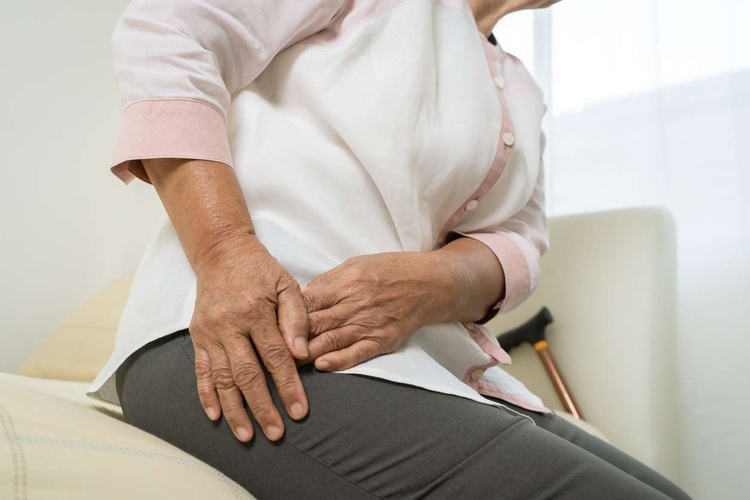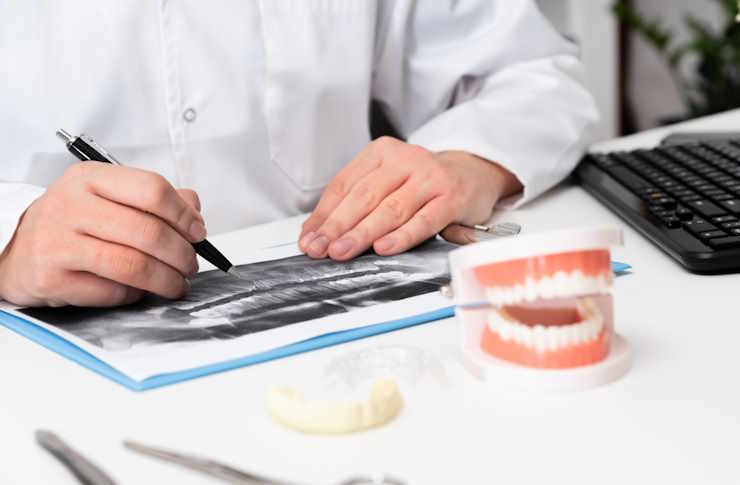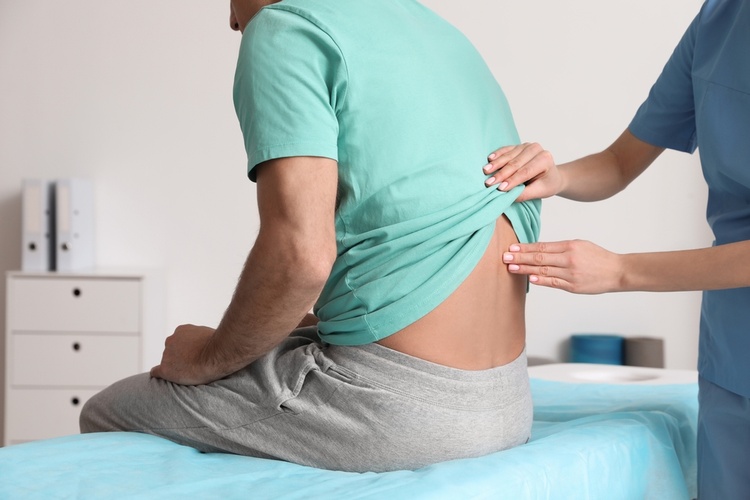Comprehensive Guide to Urinary Incontinence Treatment for Elderly: Non-Invasive Options, Medications, and More
Urinary incontinence affects millions of elderly adults worldwide, significantly impacting their quality of life and daily activities. This comprehensive guide explores various treatment options, from lifestyle modifications to medical interventions, helping seniors and their caregivers understand and manage this common condition effectively. Understanding the available treatments and when to seek professional help is crucial for maintaining dignity and independence in later years.

What Are the Different Types of Urinary Incontinence in Elderly Adults?
Urinary incontinence in the elderly typically presents in several forms. Stress incontinence occurs when physical movement puts pressure on the bladder, while urge incontinence involves sudden, intense urges to urinate. Overflow incontinence happens when the bladder doesn’t empty completely, and functional incontinence relates to physical or cognitive limitations that prevent reaching the bathroom in time. Mixed incontinence combines multiple types, requiring a tailored treatment approach.
How Can Daily Lifestyle Changes Improve Bladder Control?
Simple lifestyle modifications can significantly impact bladder health. Implementing a regular bathroom schedule, known as bladder training, helps establish better control. Pelvic floor exercises (Kegels) strengthen crucial muscles supporting bladder function. Dietary adjustments, such as reducing caffeine and alcohol intake, managing fluid intake timing, and maintaining a healthy weight, can also improve symptoms substantially.
What Non-Invasive Treatment Options Are Available?
Modern non-invasive treatments offer promising results without surgery. Biofeedback therapy helps patients understand and control their pelvic floor muscles more effectively. Electrical stimulation therapy can strengthen weak muscles and reduce urgent sensations. Behavioral techniques, including double voiding and delayed urination, can improve bladder capacity and control. These methods often work best when combined with lifestyle modifications.
Which Medications Are Commonly Prescribed for Incontinence?
Several medication classes can help manage urinary incontinence. Anticholinergics help control overactive bladder symptoms by reducing muscle spasms. Beta-3 agonists relax the bladder muscle to increase storage capacity. Topical estrogen may help postmenopausal women by improving urethral tissue health. It’s important to discuss potential side effects and interactions with existing medications with a healthcare provider.
When Should You Consult a Healthcare Professional?
Seek medical attention when incontinence significantly affects daily life or if symptoms suddenly worsen. Warning signs include blood in urine, persistent urinary tract infections, or difficulty completely emptying the bladder. Healthcare providers can perform various diagnostic tests, including urodynamic studies and bladder diary analysis, to determine the most effective treatment plan.
What Are the Costs and Coverage Options for Treatment?
| Treatment Option | Average Cost Range | Insurance Coverage |
|---|---|---|
| Behavioral Therapy | $50-150 per session | Often covered |
| Medications (monthly) | $30-200 | Usually covered with copay |
| Biofeedback | $100-200 per session | Limited coverage |
| Pelvic Floor Physical Therapy | $75-150 per session | Usually covered |
Prices, rates, or cost estimates mentioned in this article are based on the latest available information but may change over time. Independent research is advised before making financial decisions.
Conservative management through lifestyle changes and exercises typically costs little to nothing. Medical treatments vary significantly in cost, depending on the chosen intervention and insurance coverage. Many insurance plans, including Medicare, cover medically necessary incontinence treatments, though coverage levels vary by plan and provider.
This article is for informational purposes only and should not be considered medical advice. Please consult a qualified healthcare professional for personalized guidance and treatment.




